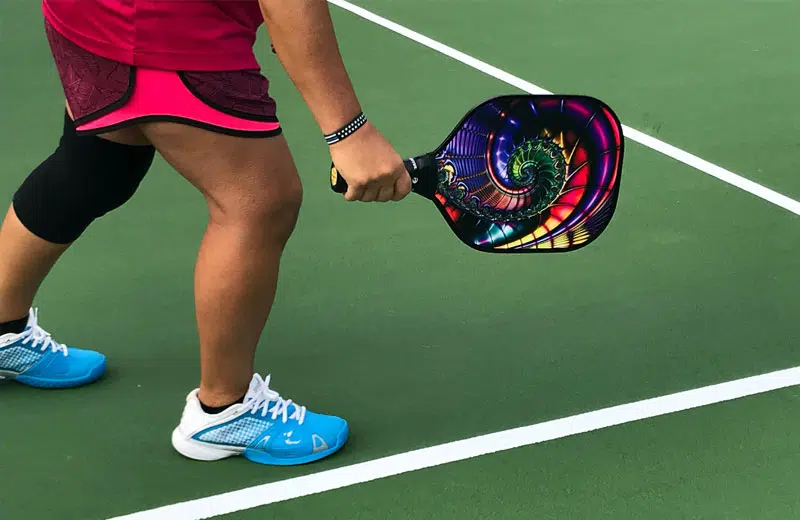


(rubber floor)
The global rubber floor market has soared in recent years, driven by demand from commercial, educational, healthcare, and fitness sectors. According to the latest report by Grand View Research, the rubber flooring market size was valued at USD 3.5 billion in 2023, with a forecasted CAGR of 6.2% through 2030. This impressive growth is attributed to the rising awareness regarding safety, durability, and eco-friendly materials. More than 50% of all commercial gyms opted for rubber floors by 2022, with schools and medical facilities following suit due to hygiene, shock absorption, and acoustic properties. The term "rubber floor mat" is now synonymous with high-traffic and high-performance environments where traditional flooring solutions are simply inadequate. As industries continue their transition toward smarter, more sustainable building materials, the relevance of rubber composites is rapidly climbing.
Today’s rubber flooring options stand apart due to their advanced composition and performance characteristics. At a molecular level, rubber composite floor systems integrate virgin or recycled rubber with specialty polymers, enhancing resistance to wear, impact, and chemicals. Premium varieties offer tensile strengths exceeding 6 MPa and elongation limits beyond 300%, supporting not just foot traffic but also industrial machinery and heavy equipment loads. Furthermore, innovative surface designs prevent slips even when wet, surpassing ASTM D2047 standards for slip resistance. The naturally antimicrobial nature of rubber inhibits odor and bacterial growth, a critical aspect for healthcare and fitness applications. In addition, underfloor insulation properties yield up to 20% improvement in room acoustics and thermal regulation, helping facilities achieve lower operational costs and maintaining compliance with wellness certification standards.
Choosing the right supplier is essential for long-term floor performance and value. Here is a comparative analysis of leading global manufacturers using quantifiable criteria:
| Manufacturer | Main Product Type | Recycled Content (%) | Warranty (Years) | Certifications | Customization Options | Major Client Sectors |
|---|---|---|---|---|---|---|
| Regupol | Rubber composite floor | 83% | 10 | LEED, FloorScore | Color, Thickness, Logos | Commercial, Sports, Retail |
| EcoSurfaces | Rubber floor mat | 98% | 12 | Cradle to Cradle, Greenguard | Custom Print, Edge Shape | Healthcare, Education, Museums |
| Mondo | Vulcanized rubber flooring | 67% | 15 | ISO 9001, ISO 14001 | Thickness, Texture, Branding | Fitness, Transport, Arenas |
| Nora Systems | Resilient rubber sheets | 70% | 10 | Blue Angel, Eurofins | Pattern, Slab Size, Color Blend | Healthcare, Offices, Airports |
This table underscores the breadth of recycled content, certifications, and customization potential. EcoSurfaces leads in recycled content (98%), while Mondo offers the longest warranty (15 years) and Regupol delivers exceptional versatility for commercial fit-outs.
With facility branding and user experience now front-of-mind, custom rubber floor options have expanded dramatically. State-of-the-art manufacturing allows for the integration of company logos, tailored color palettes, and unique surface textures. Rubber composite floor panels can be engineered for different thicknesses, ranging from 4mm (for office and retail) to over 20mm (for weightlifting zones and industrial applications). Modular tile systems facilitate rapid installation and replacement, minimizing downtime. New surface embossing technologies now mimic natural stone or wood grains, expanding rubber’s aesthetic horizons. Additionally, emerging innovations in antimicrobial and anti-static treatments further broaden rubber's relevance to sensitive environments like clean rooms, laboratories, and electronics manufacturing. With digital specification tools, project planners can visualize performance and appearance outcomes before site delivery, ensuring optimal alignment with architectural and user requirements.
The deployment of advanced rubber flooring solutions is evidenced in various high-profile applications:
These cases illustrate rubber flooring’s substantial impact across industries in terms of safety, acoustic control, maintenance, and overall user experience.
Sustainability is a decisive factor for modern construction projects. Rubber floorings, particularly those with high recycled content, dramatically reduce landfill waste. For example, every 1,000 sq ft of recycled rubber mat diverts approx. 1,100 tires from landfill. Life cycle assessments (LCA) conducted by EU agencies indicate that rubber composite floors emit 62% less CO2 over a 20-year life span compared to traditional vinyl or ceramic tiles. Many products are fully recyclable at end-of-life, aligning with circular economy principles. Professional bodies such as LEED and BREEAM now award points for rubber floor installations, driving their adoption in green building projects. Additionally, low-VOC emission certifications ensure indoor air quality, which is further supported by naturally phthalate-free formulations.
In sum, rubber floor solutions continue to set the standard for durability, safety, and sustainability within modern construction and renovation. With cutting-edge material science, robust customization, and proven success across diverse environments—from hospitals to fitness arenas—rubber flooring fills performance gaps that conventional materials cannot. Its superior technical profile, eco-credentials, and design versatility allow organizations to meet stringent operational, aesthetic, and environmental goals. The continued evolution of rubber floor mat and rubber composite floor options will further advance industry best practices, making this flooring category one of the most future-ready investments for any forward-looking facility.

(rubber floor)
Premium Padel Courts: Panoramic Designs & Custom Builds
Premium Padel Court | Custom Designs & Quality Installation
Paddle Tennis Rackets: Unleash Power & Precision on Court
Best Paddle Tennis Rackets: Power, Control & Comfort
Premium Padel Court Solutions & Panoramic Designs
High-Performance Paddle Racquets for Padel & Paddle Courts